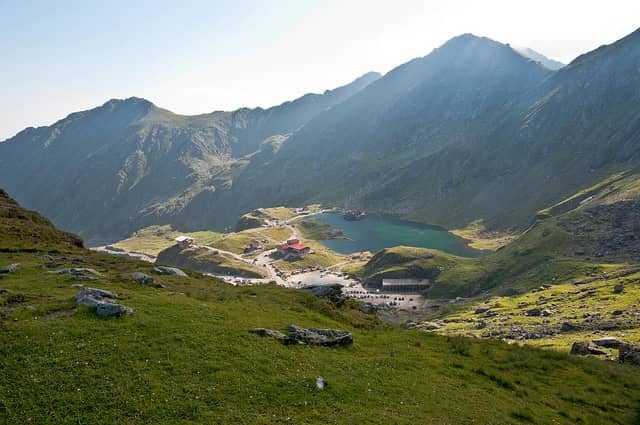Range Finders Could be the next Must Have Item in your Backpack
Pursue The Outdoors 06.27.11

Outdoor enthusiasts love to guess about all sorts of things. We guess how many stars are in the Milky Way, we guess how fast a deer runs or we might even guess about how long it will be until that big, dark cloud dumps rain on us. But there are times when guessing in the backcountry just doesn’t get the job done.
Specialty gear is available to help us determine how far we’ve hiked and in what direction. Other tools are available to help take the guesswork out of purifying water. However, there is another useful tool overlooked by many avid backcountry visitors — the rangefinder.
Rangefinders are used in a number of commercial applications — surveying, mapping, mining, etc. — however for our purposes we will be discussing the portable laser rangefinder used by outdoor sportsmen and sportswomen.
Laser rangefinders calculate the distance to an object by bouncing a laser beam off of the object and measuring the lapsed time until the beam returns. Since the calculation is based upon the return of the beam, it stands to reason that a more reflective object can be measured at a greater distance than a less reflective object. Readily available models are accurate to within one yard and have the ability to measure distances to reflective targets up to 1500 yards away — that’s nearly a mile — and they’re accurate under nearly any condition.
The past few years have seen a number of technological advances across all rangefinder price ranges. Many models are lightweight, easily operated with one hand, can measure through rain or snow, see through nearby clutter, function well in low light, contain integrated optical magnification, and are 100% waterproof. Additionally there have been vast improvements lately to lens coatings, battery life and information display.
If distances are important to your activity, you need a rangefinder. Backcountry features — rocks, trees, lakes, mountains, ravines, cliffs — have a tendency to distort one’s depth perception. It is easy to misjudge even short distances. The most widely used application of rangefinders is in measuring shot distances by hunters. Whether you are hunting waterfowl or elk, distance to your game is the most critical factor in placing an effective shot. Many bow hunters would never hunt without their rangefinder. The difference between 45 yards and 50 yards for a bow hunter is the difference between success and failure.
Rangefinders are also used by golfers for determining club selection, by hikers to determine the best route to travel and by campers, boaters and wildlife observers for a wide variety of distance measuring purposes.
The next time you plan to spend time in our wondrous backcountry consider taking a rangefinder along with you. If you’ve never looked through a rangefinder, you don’t know what you’re missing. With a quality rangefinder, guessing distances just became old news.

